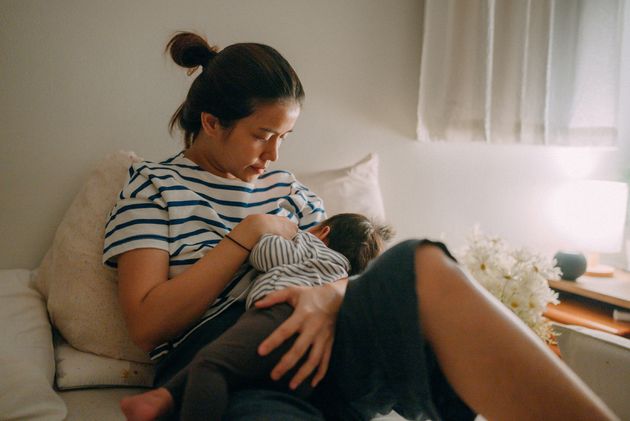Imagine this: You are standing under bright show lights on a stage in front of a few hundred people. You have no clothes on, except for a tiny, sparkly, $400 bikini that’s been glued to your chest and butt. You are orange and pungent with spray tan, which you got after standing fully naked in front of a stranger with a paint gun who asked you to spread your glutes to make sure the tan gets in all of your crevices. You will walk to the centre of the stage in 4-inch heels to be judged by a panel of five people who will look for any jiggle of fat, any pock of cellulite, any unsymmetrical or underdeveloped muscle to determine your ranking among others. Most people around you are rooting against you.
Does this sound like your worst nightmare?
For me, it’s excitement, focus and a wild rush. It’s where I thrive.
I’ve been in the fitness industry for almost 10 years now, the back half of which being what I consider extreme fitness, a world of the relentless pursuit to grow larger muscles and shrink any remaining deposits of fat that have dared to stick around. It’s gruelling. It’s sweaty, exhausting, time-consuming and expensive.
Advertisement
Your body hurts and your mind plays tricks on you, turning every glance in a mirror into an all-out dissection of any physical imperfection. Your muscles get big and your ego gets bigger. You can walk through a crowd and think I am the leanest, strongest, most muscular person here and then get home to look in your mirror and think I am a shrimp, I am pathetic, I don’t stand a chance. It’s physical and psychological warfare with yourself. I love it.
Prepping for a bodybuilding competition involves excruciating diet manipulation, rigorous amounts of cardio and long hours in the weight room. At my most intense, I’ve spent nearly three hours a day lifting weights and doing cardio. I’ve eaten the same meal of chicken, cucumbers and vinegar twice a day every day for weeks on end. I’ve packed pathetic Pyrex bowls of bland, macronutrient balanced meals to parties and dinners where I looked away from the mac and cheese and desserts and bit into another cold piece of chicken.
“[Extreme fitness is]… grueling. It’s sweaty, exhausting, time consuming, and expensive. Your body hurts and your mind plays tricks on you, turning every glance in a mirror into an all out dissection of any physical imperfection.”
So much of competitive bodybuilding is the focus on the physical body while keeping the reins tight on the mental self. I stand in the shower thinking about my deadlift form and fall asleep practicing my stage posing routine in my head: “Ladies, turn to face the rear. Ladies turn to face the front,” flex the back, pop the glutes, draw in that core, again and again and again until you cannot get it wrong. It is all-consuming.
Advertisement
I was in the midst of this competition training when I found out I was pregnant. As you may guess, pregnancy and competitive bodybuilding do not go together, so I gave up on my dream of competing temporarily. I lifted weights all throughout my pregnancy, my baby bump protruding from under my T-shirts as I repped out pull-ups or strained under a barbell. I looked ridiculous waddling around the weight room, trying to maintain any shred of muscle or strength that I could as my belly got bigger and bigger. I had a horrific home birth, and I give full credit to my pregnancy exercise and stamina for bringing me through it.
Then I settled into mom life. I lost my baby weight quickly and slowly eased back into exercise. Suddenly, standing on stage seemed on the horizon again. I got back in contact with my coach, and we developed a plan. There was just one problem: I was breastfeeding and I had no intention of giving it up.
Extreme fitness and breastfeeding rarely ever play in the same arena. They are inherently counter-intuitive. One assumes hardness, aggression and a controlled wasting away. The other cultivates images of vitality, warmth, nurturing and womanly suppleness.
Many women lose their delicate milk supply if they have a drop in body fat. I was planning an almost total loss in body fat. I was planning hours of pounding weights and pavement, as well as tight calorie control. It is a nearly impossible feat to cause your body fat to plummet into non-existence and keep a milk supply, but I was determined to make it happen.
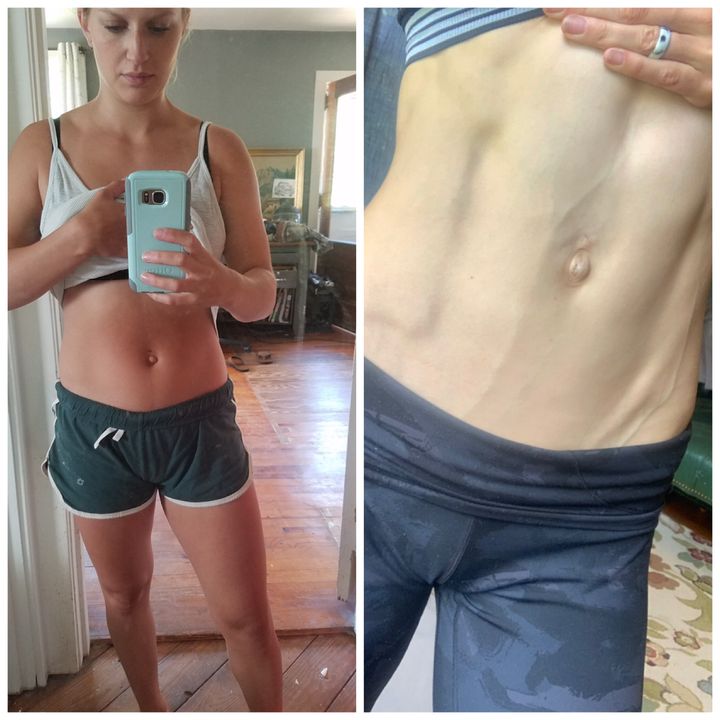
Courtesy of Jordan Musser
Advertisement
I was not shy about telling people I was a breastfeeding bodybuilder. On the day I first competed post-baby, I told a crowd of women backstage that I was still breastfeeding, and a hush fell over them as they turned to look at me with their overly tanned and stunned, disbelieving faces.
I kind of enjoyed the uncomfortable beat that I almost always got after dropping this fact. Inevitably, I would get one of three responses. There were the “way to go mama!” girl-power people who thought it was crazy but kick-ass. There were the “Oh, you’re still breastfeeding people,” who probably didn’t approve of breastfeeding in the first place, and certainly not nursing a 10-month-old. And then there were the slightly (or more than slightly) appalled “is that even healthy?” people.
This last response bothered me because, honestly, it’s a good question. Is it healthy? Is it fair to expect that my body will still produce a substance from the chicken and spinach I am providing it that will feed my ever-developing and growing infant child? Is it fair to pursue a goal born of my own vanity at the possible expense of my baby girl? Is it worth it? If my milk dries up because I have failed to maintain the bodily balance needed for successful nursing on purpose, have I failed as her mother? What kind of mother risks nourishing her child for the opportunity to prance around mostly naked on stage and win a cheap trophy? What kind of mother takes so much time for herself that she can log hours in the gym ― enough time to build a hardened, muscular physique ― when most moms don’t get enough “me” time to take a shower? Are breastfeeding and extreme fitness simply so incompatible as to be impossible to exist together? And, ultimately, am I doing something wrong?
If you ask a doctor about breastfeeding and bodybuilding, they will most likely tell you it is a bad idea. Most medical professionals frown on bodybuilding in and of itself. It is, after all, a controlled starvation. It is a kind of disordered eating with an end goal of winning a trophy. It is a strange and often misunderstood world.
Advertisement
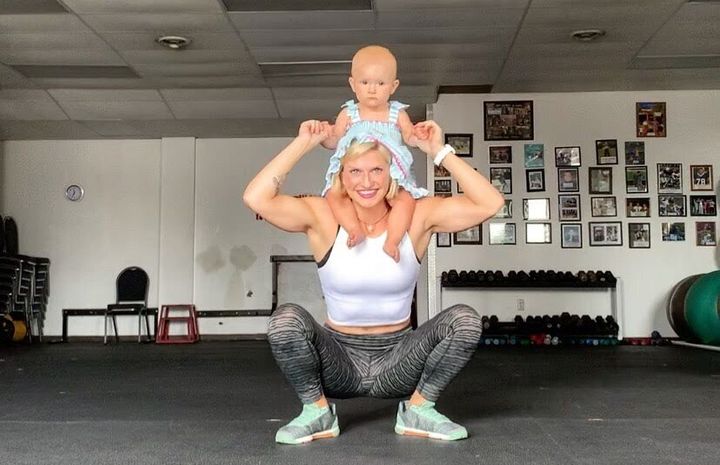
Courtesy of Jordan Musser
There are responsible ways to go about achieving such extreme results, and I pride myself on being as healthy as I can be in my most unhealthy state. The fact of the matter, however, is that when you are working to achieve a “stage leanness” with little-to-no body fat, you are depriving your body of things it needs. You are sometimes lacking in vitamins and nutrients, and you are utterly devoid of fuel.
Breastfeeding thrives on fuel. Breastfeeding is best when you have a caloric reserve to work from. Ultimately, your baby is eating what you are eating, and when your diet is vinegar and chicken, it means that your breast milk reflects that. Your body will prioritise feeding your child and create the most nutrient-dense milk possible, but it can only do so much.
At the height of my competing, my daughter was still primarily breastfeeding for sustenance. I am trained in nutrition, and I knew that I could be depriving her if I wasn’t careful to make sure I was eating in a way that served both her growing body and my fitness goals.
Throughout my prep for competition, fat was my main focus. I ate a high-fat, high-protein, nutrient-heavy diet (including chicken, turkey and lean red meats, eggs in their whole form, full-fat dairy, sweet potatoes, large quantities of green vegetables, green smoothies and occasional protein shakes) and monitored my milk supply closely along with my coach. He kept detailed tabs on my nursing and made sure that, even up to the day before the competition, I was eating an abundance of fats. I certainly never anticipated that I would have a man asking me, “And how is your milk?” at least twice a week, but I did, and I was thankful.
Advertisement
I couldn’t take any of the usual supplements I would normally take other than creatine due to possible crossover into my breast milk. I certainly didn’t take any drugs or physique enhancers, and I fully avoided the diuretics so common in regimes leading up to competitions. Often, competitors will deplete themselves of water in order to come in hardened on stage. When you’re still breastfeeding an infant, being dehydrated is simply not an option.
I also knew that the chemicals from the spray tan shouldn’t be consumed, especially by a baby, so I made sure to cover any body parts that might come in contact with her mouth before getting the tan. My skin looked wild, but it kept her from ingesting anything nasty or potentially harmful.
I was, in a sense, making the task of becoming ready to step on stage as hard as possible for myself for the sake of my baby. I had no advantages. I had no shortcuts. I was trying to find that delicate balance between nourishing my body so I could nourish my baby’s body and depleting my body without depleting hers.
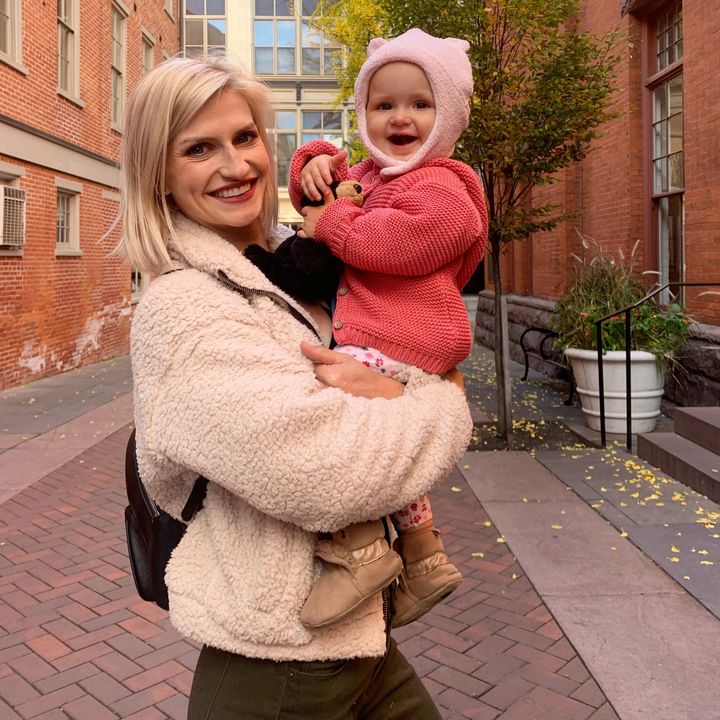
Courtesy of Jordan Musser
I constantly grappled with the selfishness of extreme fitness juxtaposed with the selflessness of new motherhood. Shouldn’t I be feeling that evolutionary shift that removes any inward focus and forces me to see only my child, I wondered.
Advertisement
In the end I came to two conclusions that have followed me into parenting a toddler and beyond:
-
I will do what is in the best interest of my child and do whatever it takes for that cause, but…
-
In order to stay true to my own needs and thus be a more physically and emotionally available mom, I will prioritise myself and my time regarding my bodybuilding.
I saw too many moms getting lost in the potential monotony of motherhood and whittling away themselves as human beings. They lost themselves for their children, and while there may be something admirable about that, I felt that without a compass of self I would harbor a feeling of resentment toward this little person who took the me out of me.
Fitness is me. It is as inherent to me as breathing or laughing. If I lose it, I have lost myself. Without me being the best version of myself, my child will not thrive. In order to pour into my daughter, I must first be filled myself. Fitness fills me. I will do the dishes, I will change the diapers, I will read the silly train book at least 12 times a day and I will pursue my bodybuilding goals.
With all of these things in mind, I posted the photo at the top of this essay to my Instagram account. In the photo I am sitting on stone steps outside of the competition venue in which I just won first place in both of my entered categories. I am spray-tan orange, wearing a rhinestone-encrusted purple bikini, holding up two ridiculous trophy swords, with my daughter in my lap, latched on and nursing away. My hair is bleached blonde and wild and I am beaming with accomplishment.
“I am entrusted with the wellbeing of my child, and I will always do what is best for her. I did something that almost no one has done. I did it healthfully. I did it responsibly. I did it in a way that served both my child and me, as a human, as a woman, and as a mother.”
Advertisement
For a few hours, my normal quantity of likes from friends and family trickled in. Then, like a faucet opening, hundreds of strangers were flooding my page with comments and likes. The overwhelming majority of these were positive. Women from all over the world were supportive, impressed and pro-breastfeeding. There are, however, always those who disapprove.
As a mom, disapproval is even more gnawing. It makes you reevaluate every tiny decision, second-guess every sound conclusion you’ve come to. Some members of my family were confused and put off by my feat. Women messaged me to tell me they were shocked by the risk I had taken with my child’s health, that they would never do the same, that they were creeped out. Even some in my own bodybuilding community saw what I had accomplished as weird and unhealthy. Even they, the niche of the niche, thought I had done something too out of the box.
The decision to undertake extreme fitness and breastfeeding was no one else’s decision to make but mine and the outcome of it ― good or bad ― falls squarely on my shoulders alone. I am entrusted with the wellbeing of my child, and I will always do what is best for her. I did something that almost no one has done. I did it healthfully. I did it responsibly. I did it in a way that served both my child and me, as a human, as a woman and as a mother.
The female body is amazing. I breastfed a baby all the way through contest prep, through all the cardio and through all the calorie cuts. We never had even a slight decrease in milk supply, or any hint of a lack of nutrition for her. I smiled on stage as I accepted my first-place trophies and grabbed my daughter from the audience to nurse her then and there. It was a triumph for both of my goals, both of my loves in life: this capable, chiseled, muscular body, and my sweet, gentle, baby girl.
Jordan Musser is a fitness competitor, breastfeeding advocate, personal trainer and nutrition coach from Williamsport, Pennsylvania. She spent six years in the U.S. Air Force and now focuses on her growing family and postpartum fitness program, Badass Mothers. For more from her, visit thebadassmothers.com and check her out on Instagram.
Advertisement

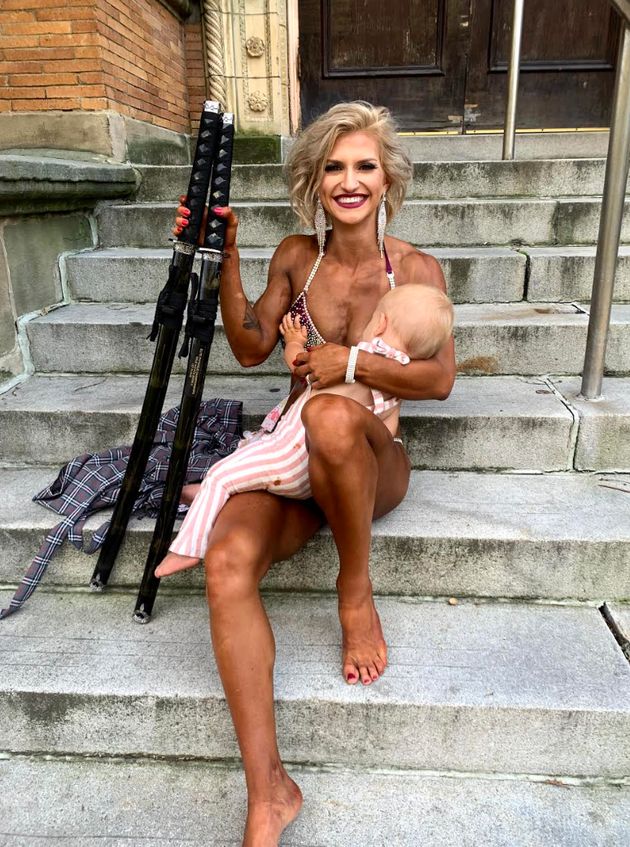
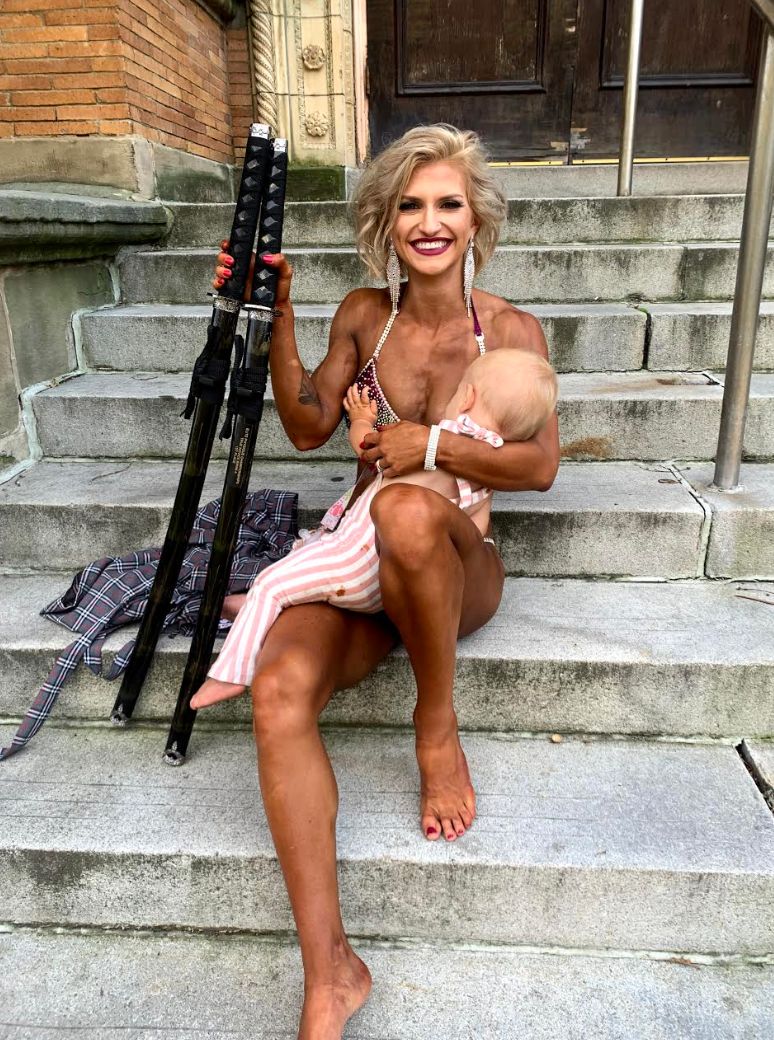
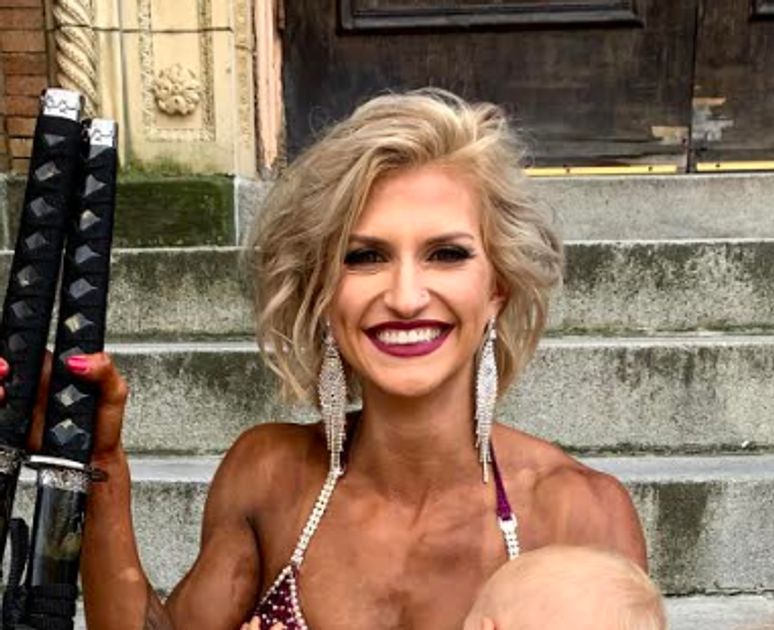
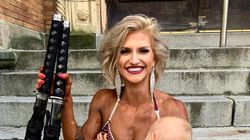

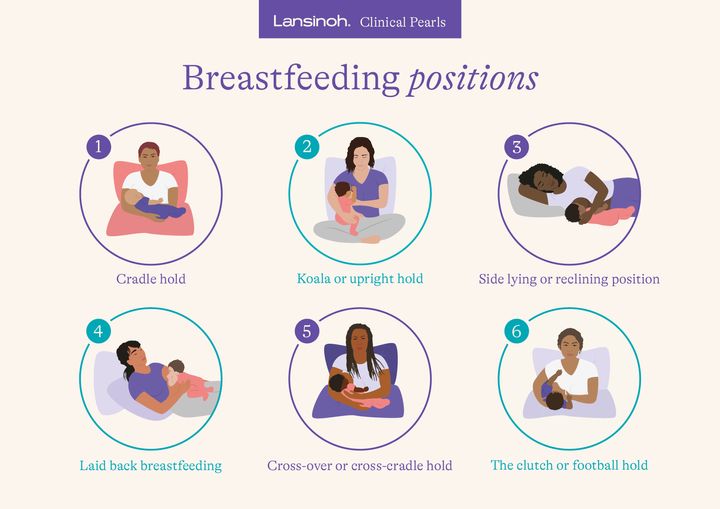
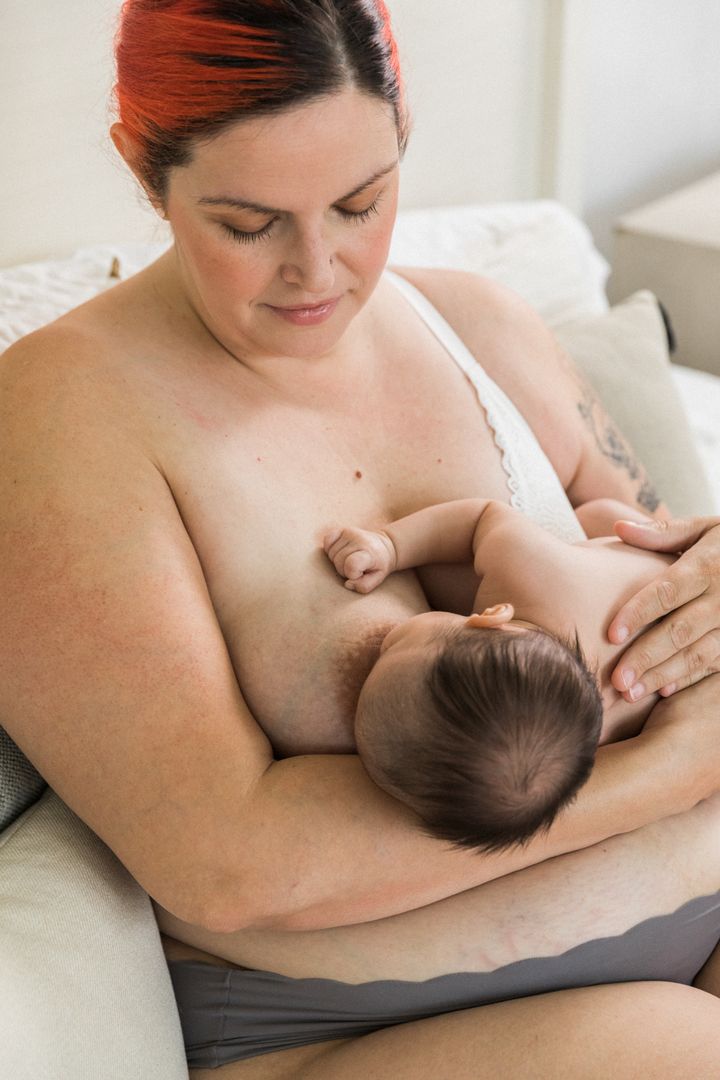
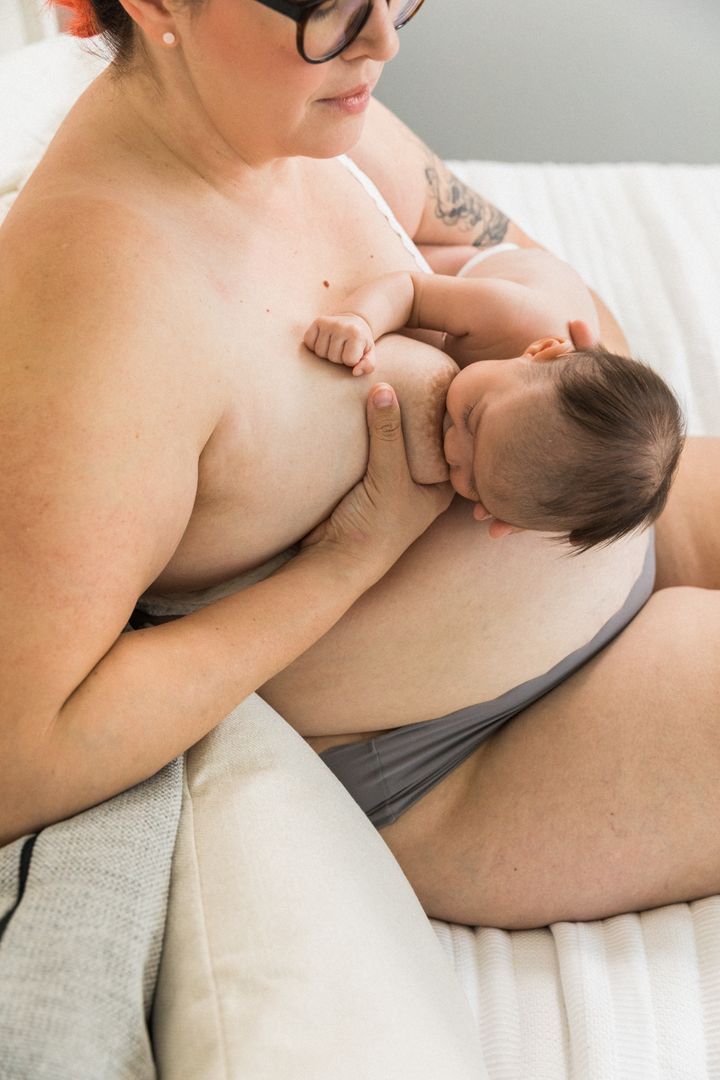
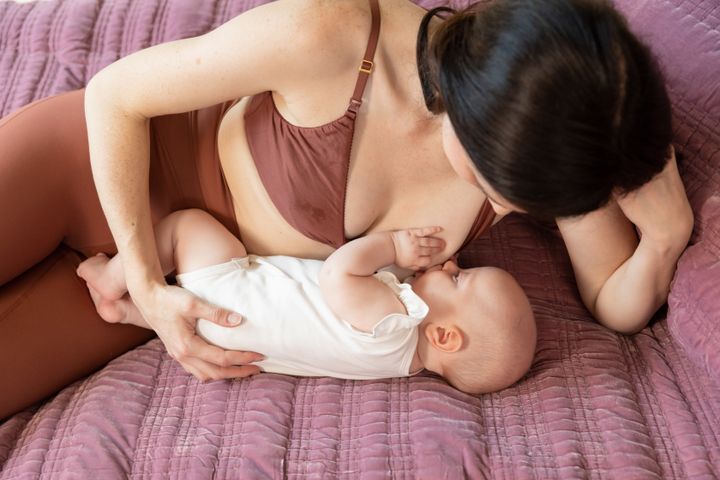
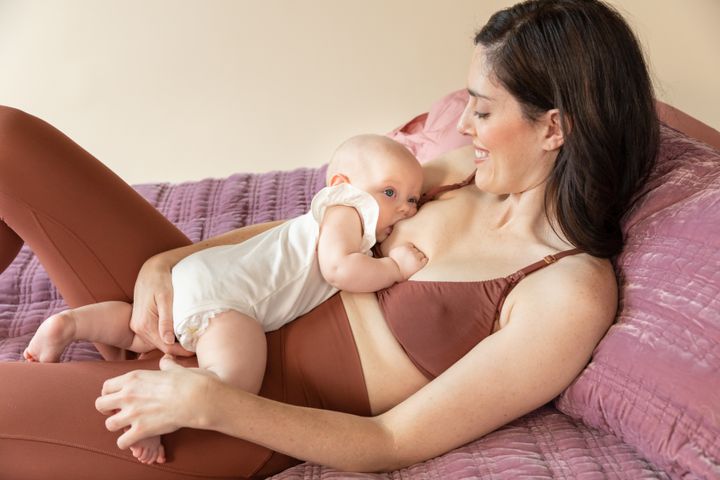
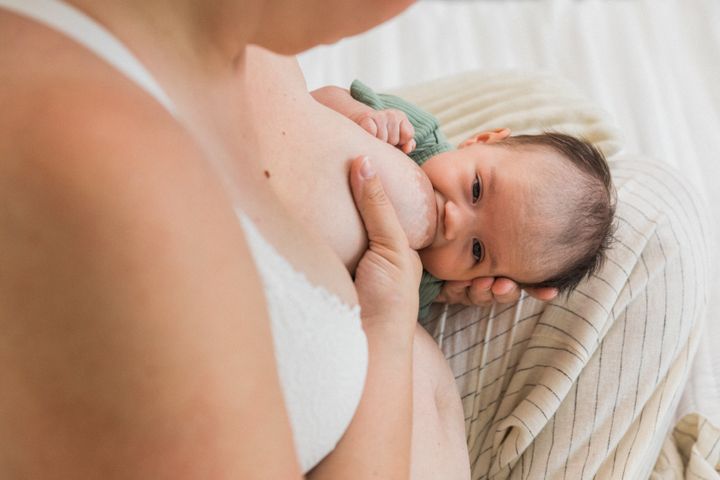
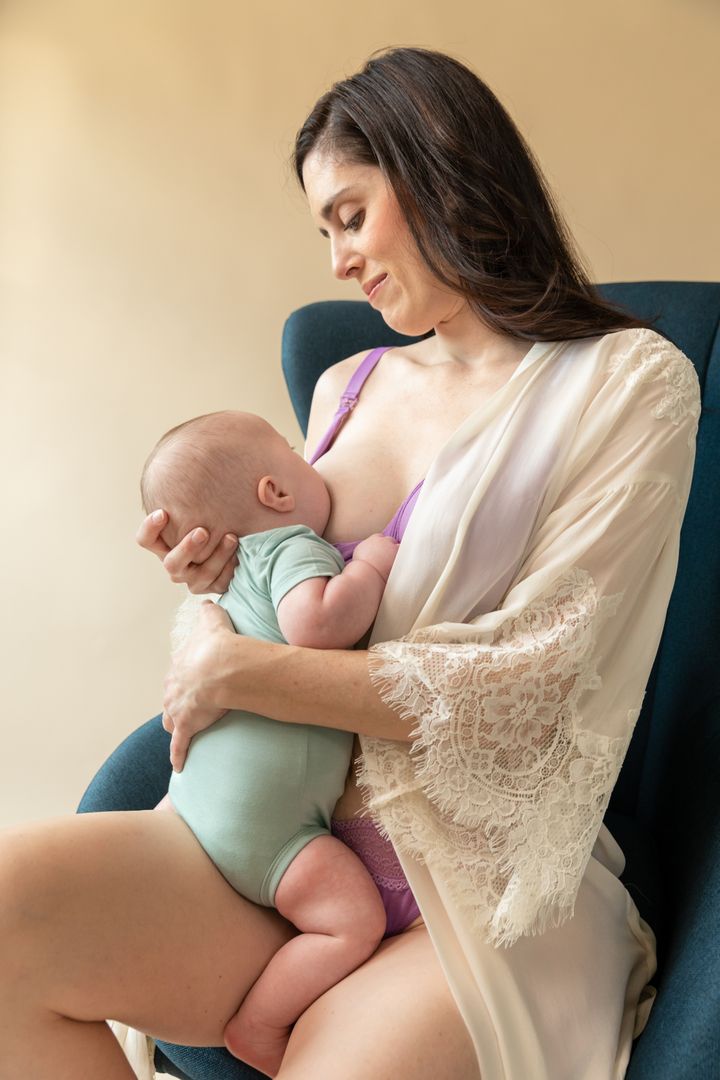
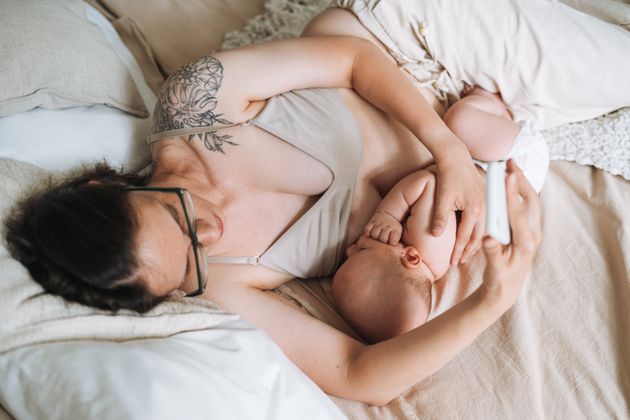
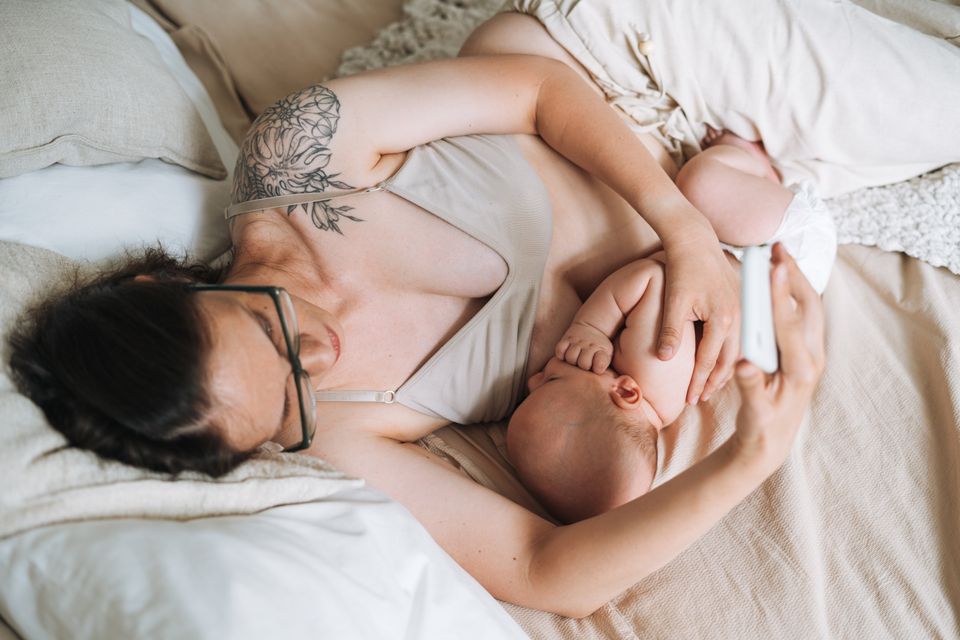
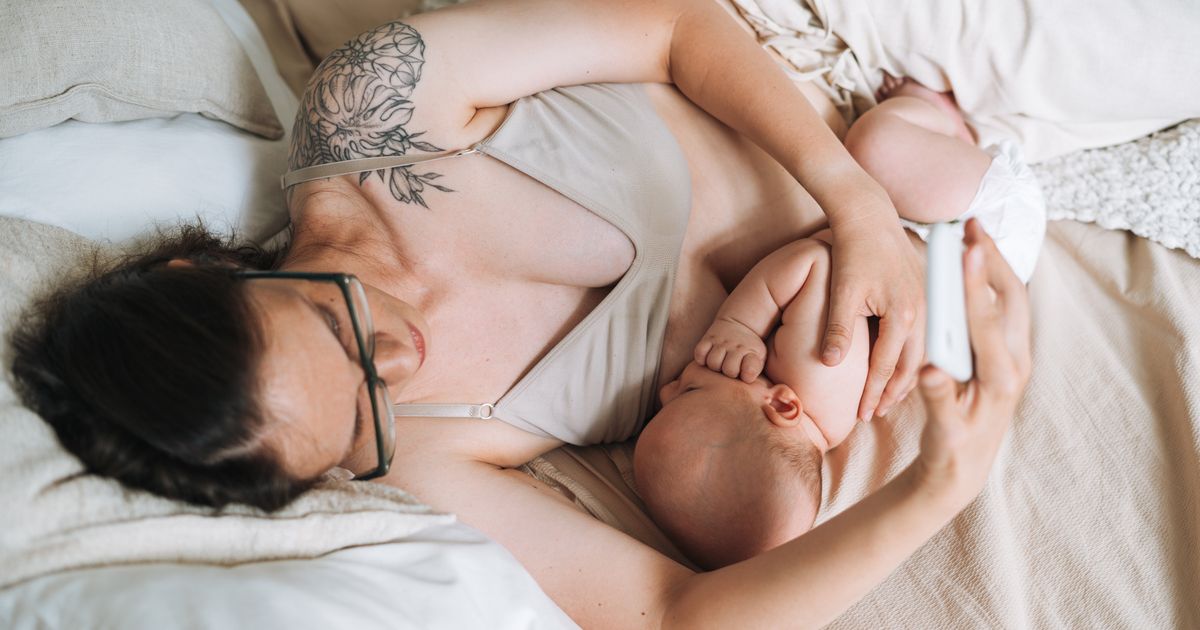


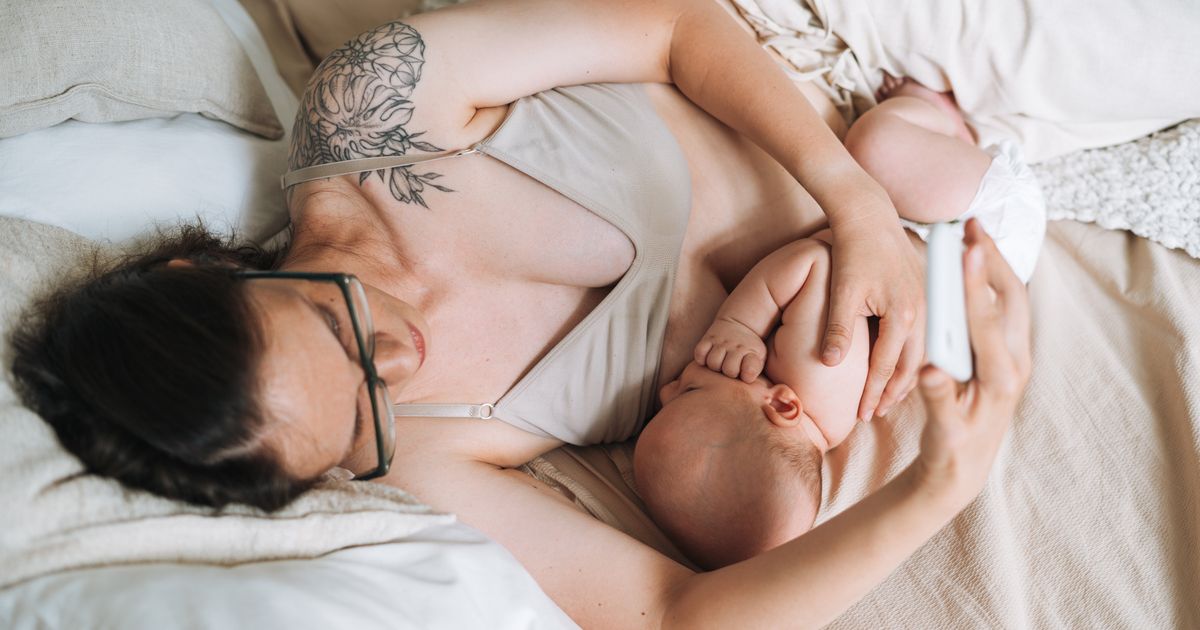

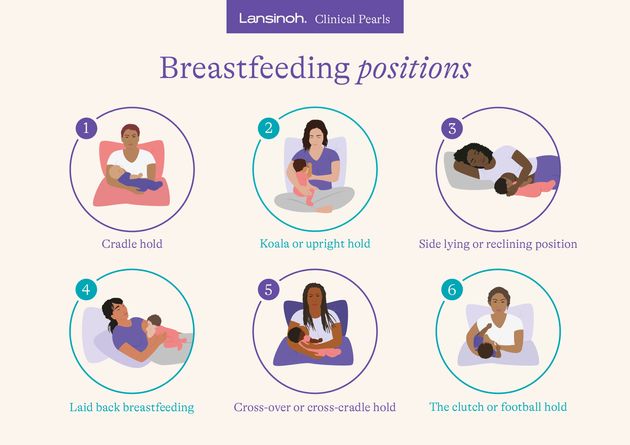
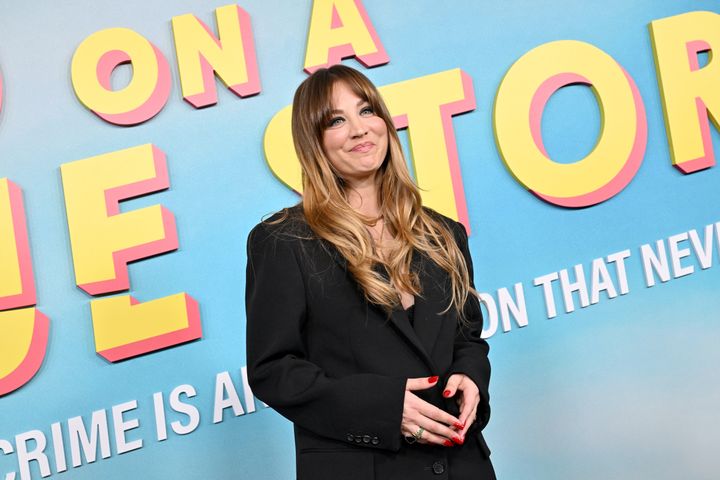
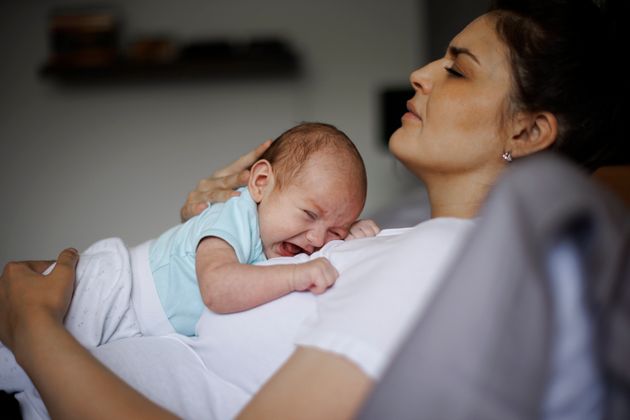
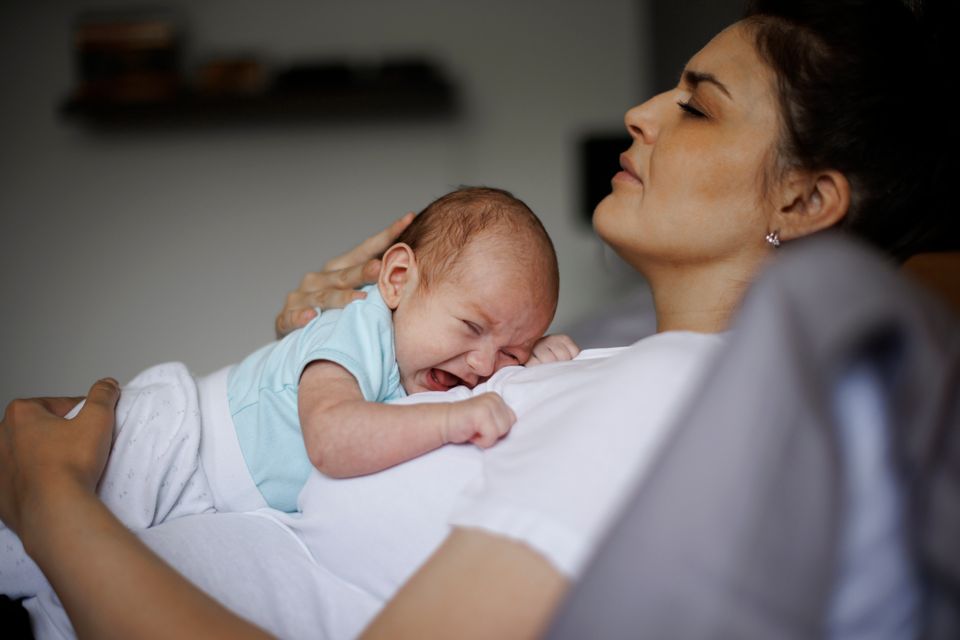
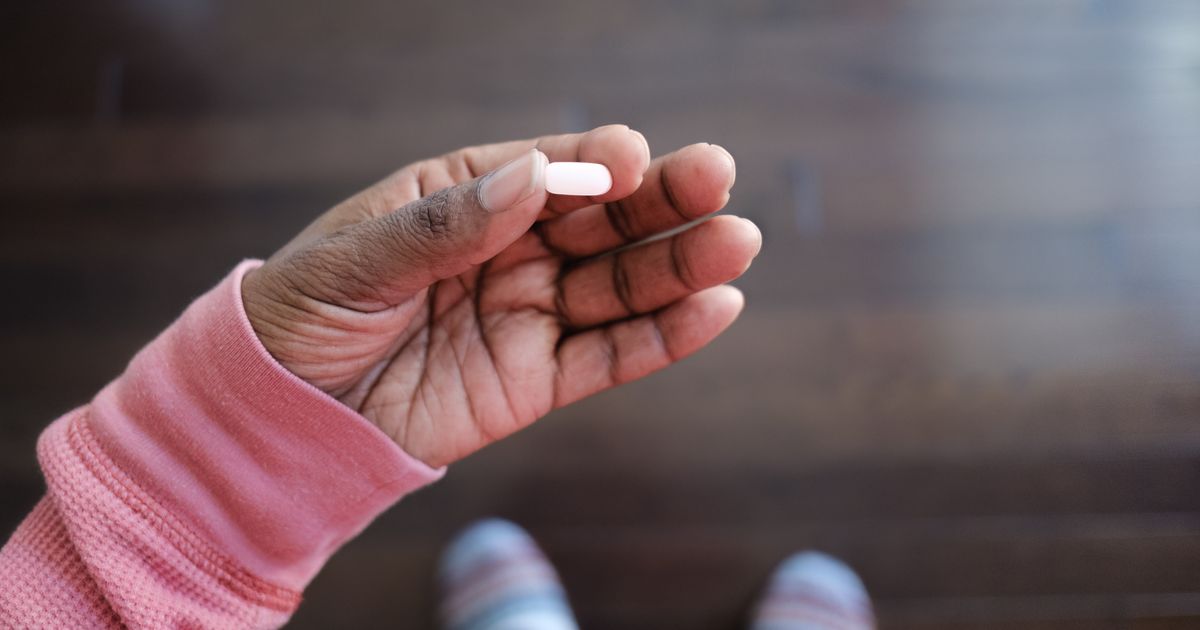
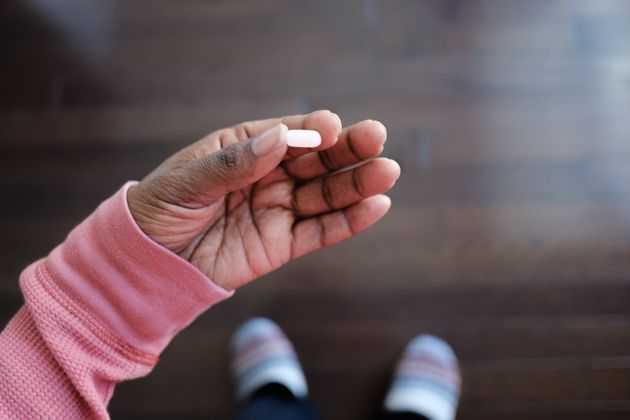

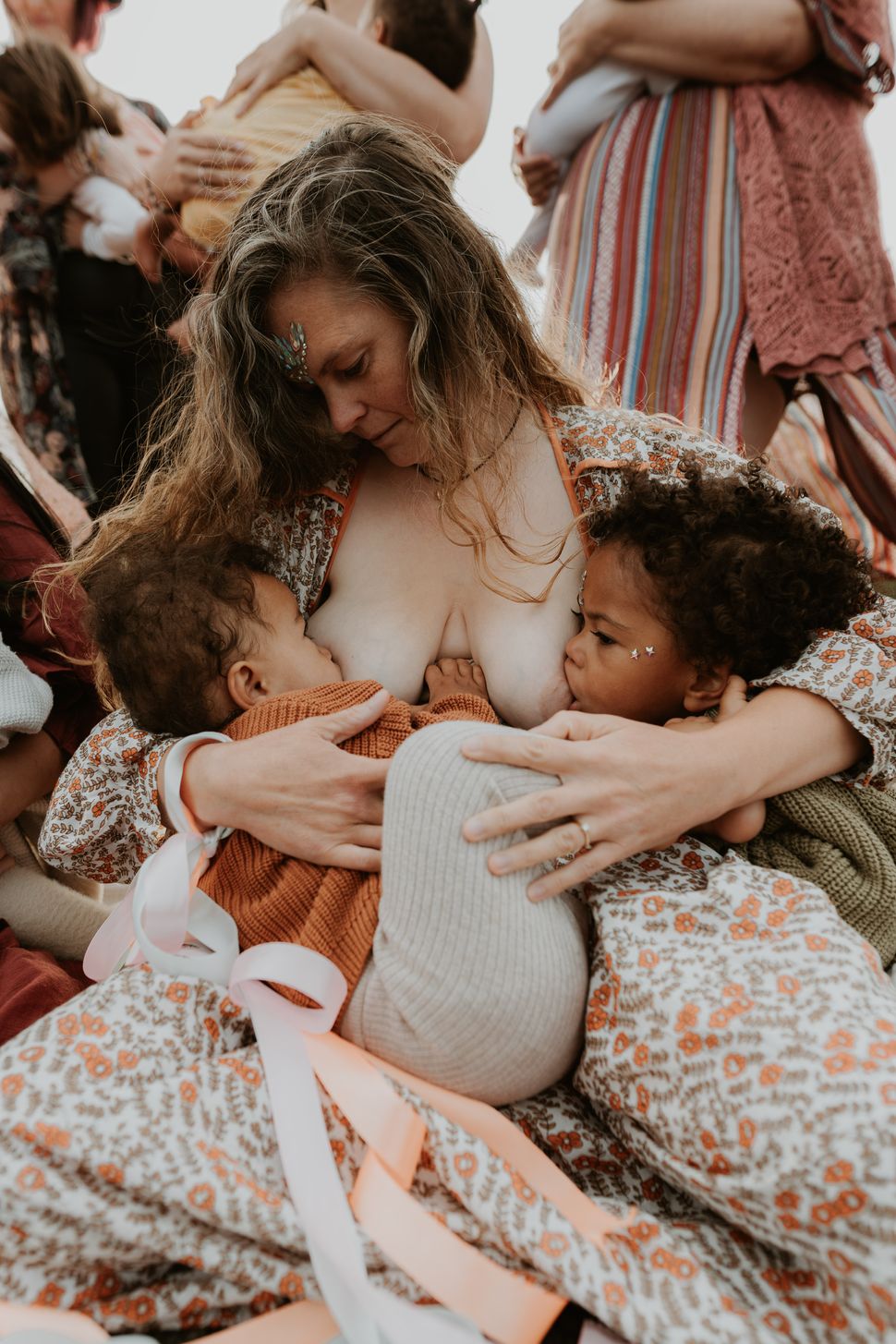

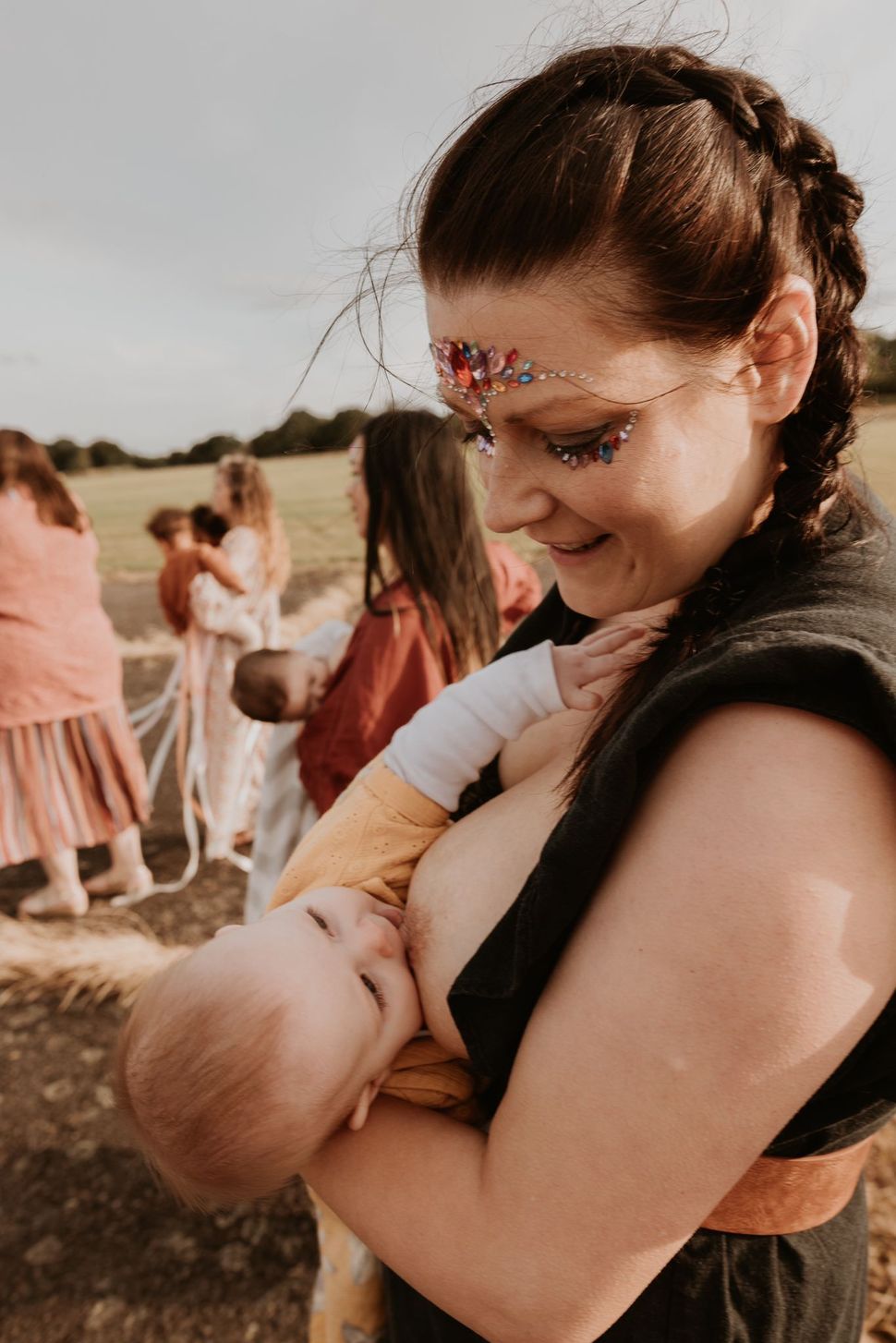
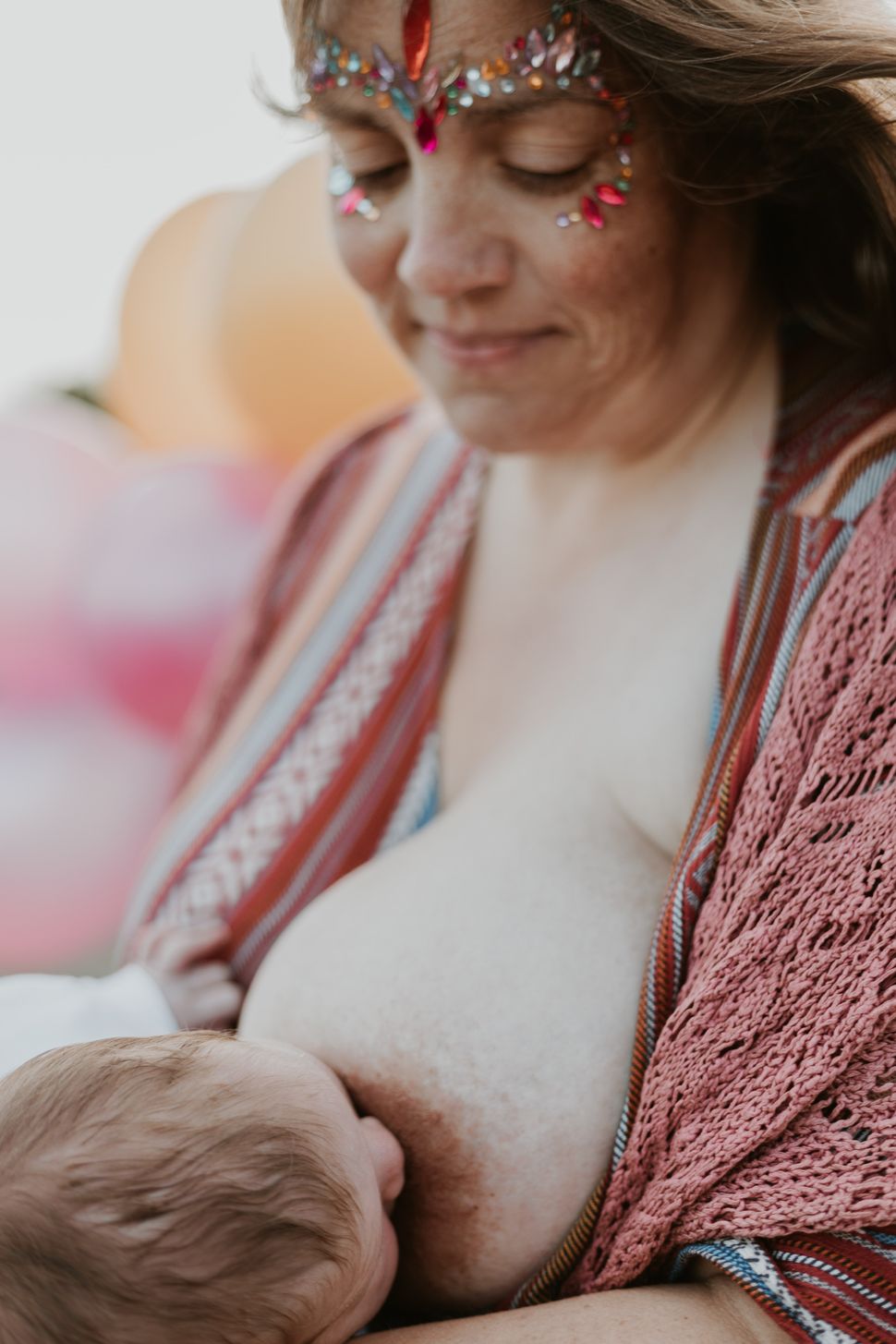
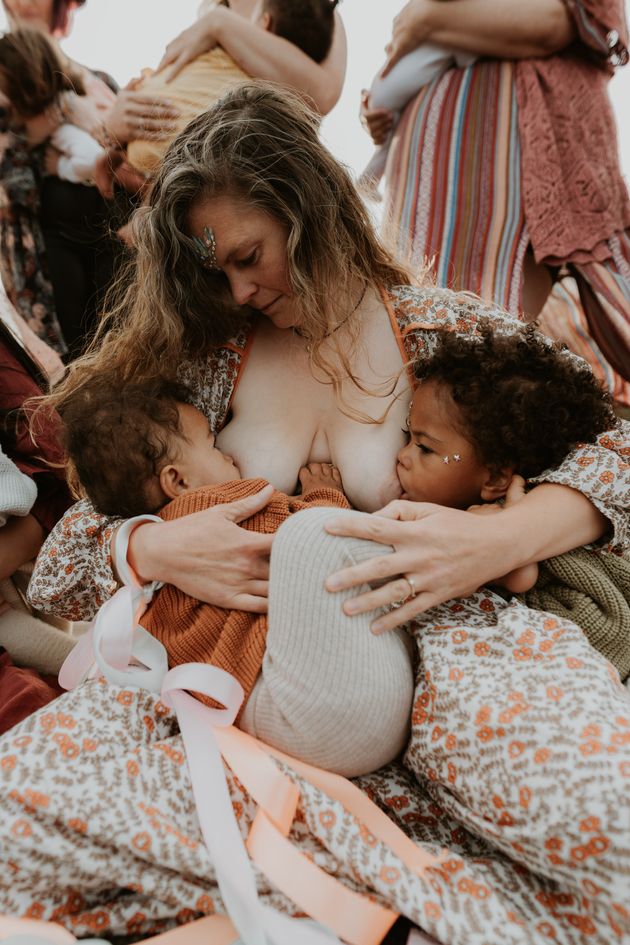
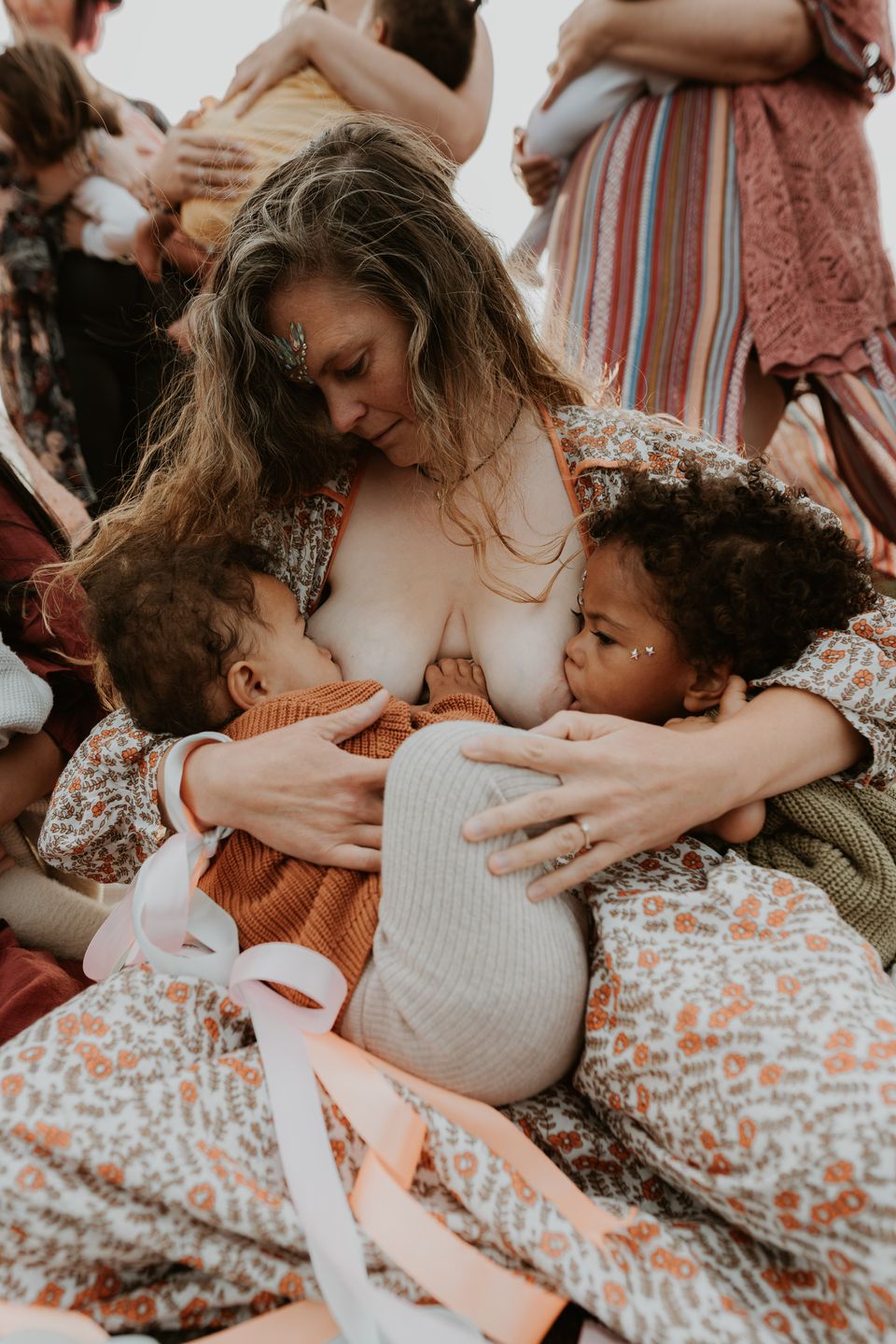
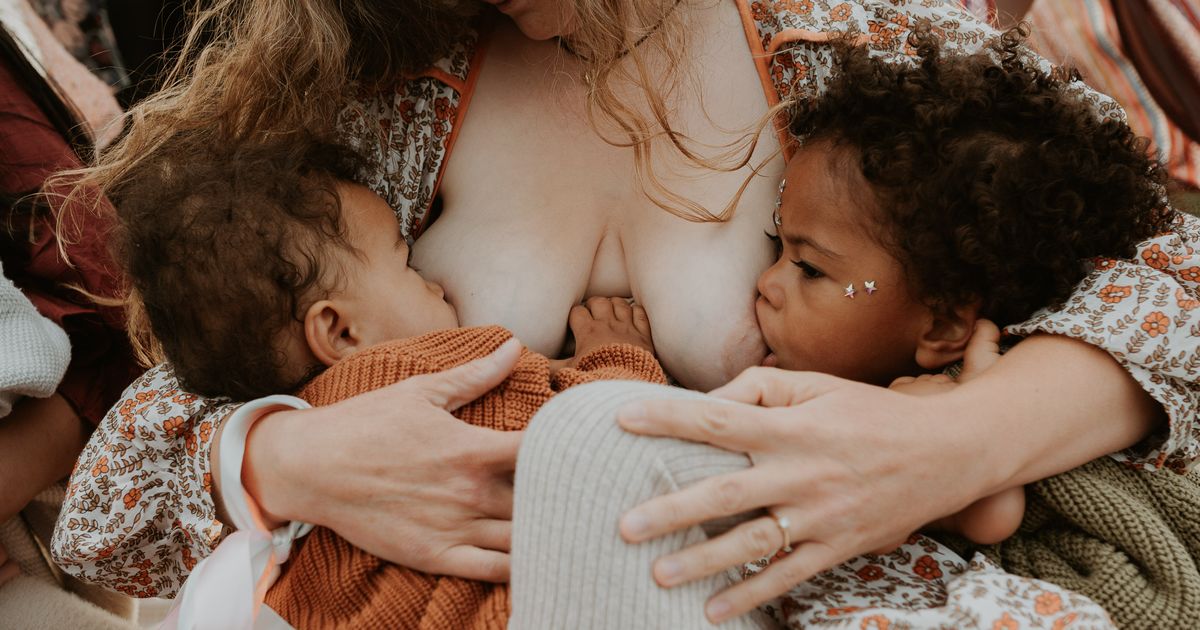


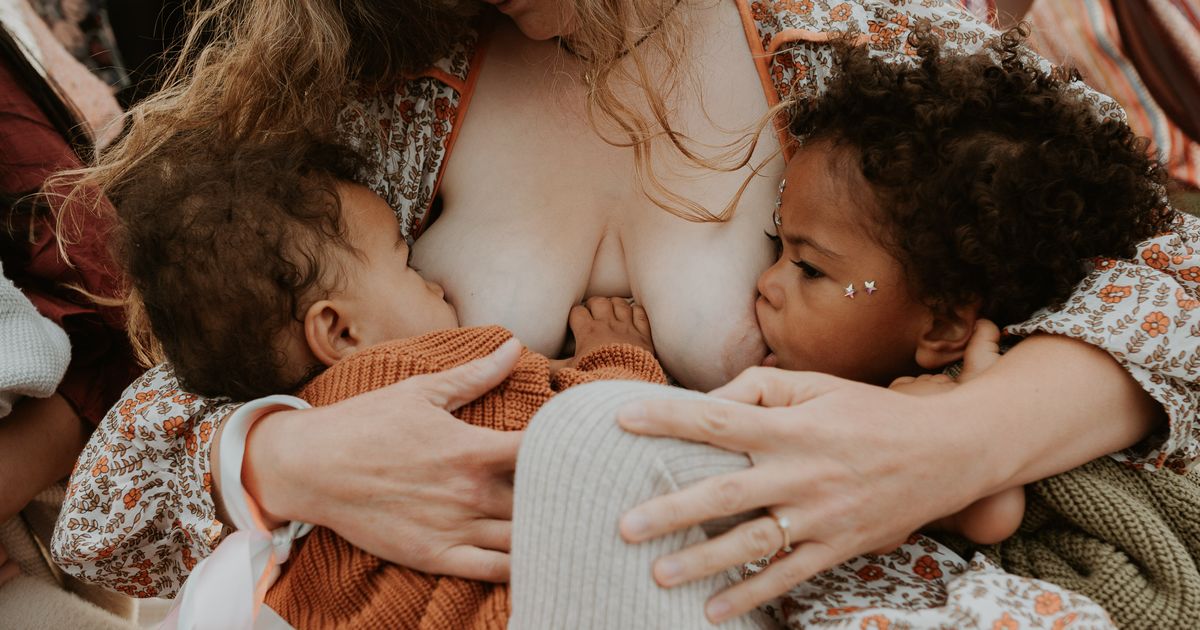
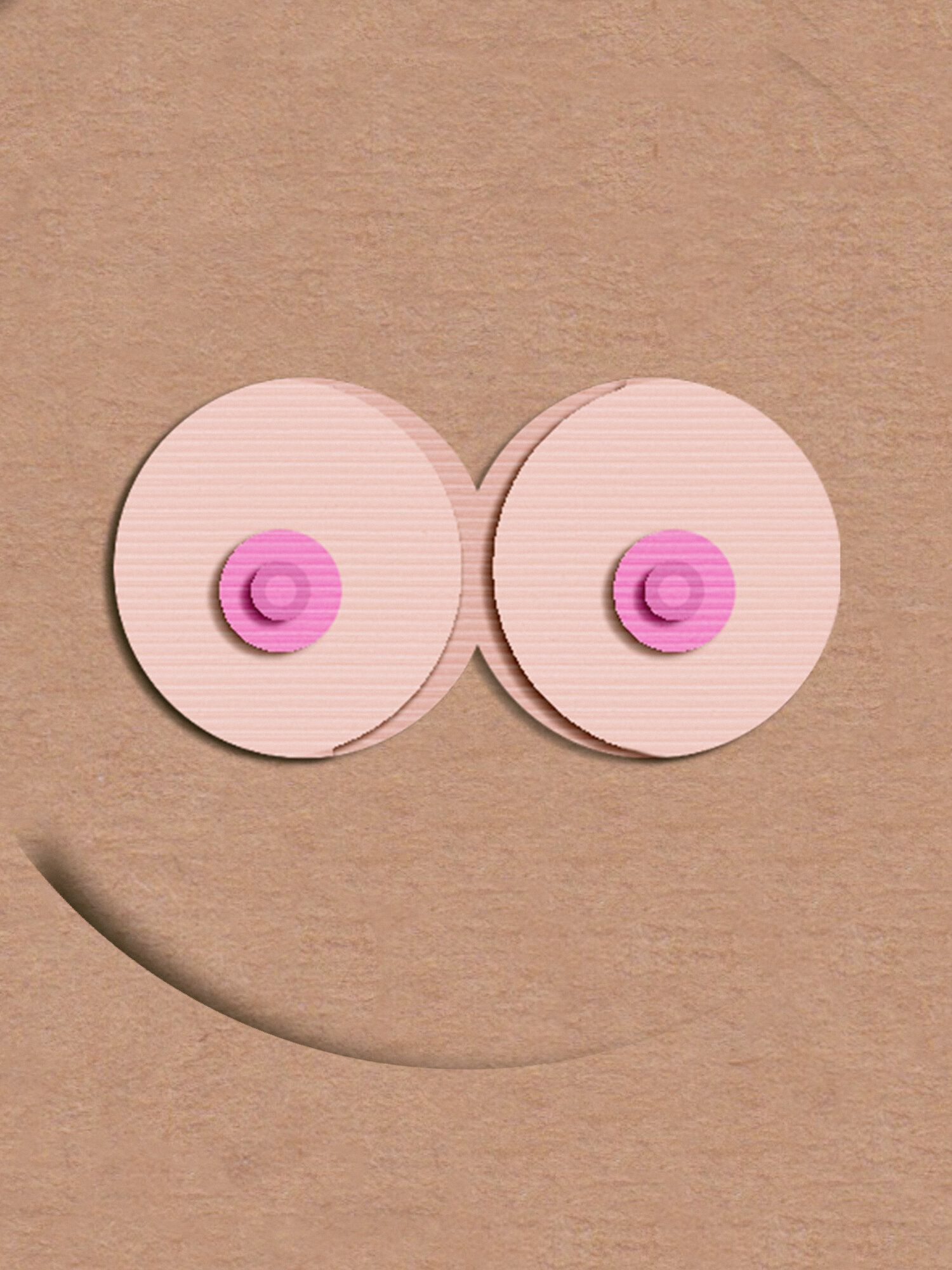
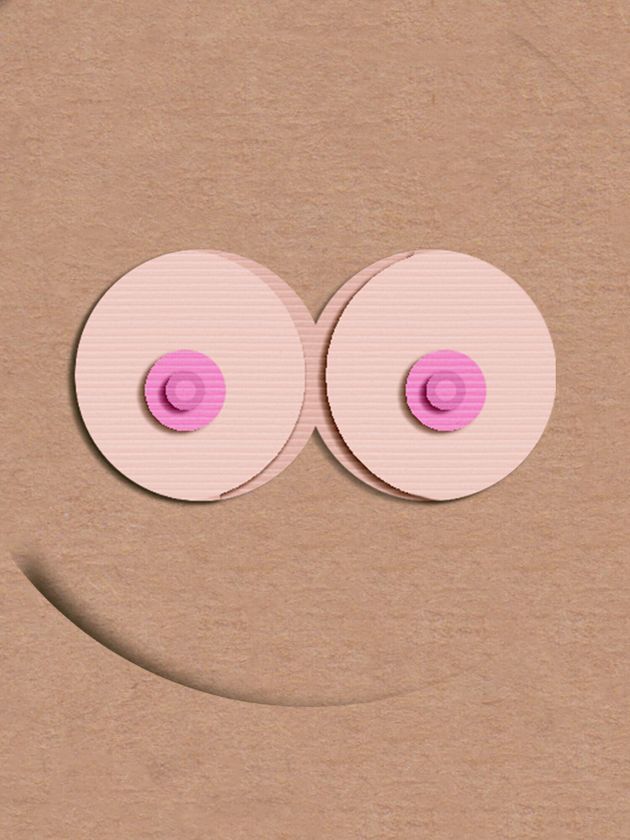
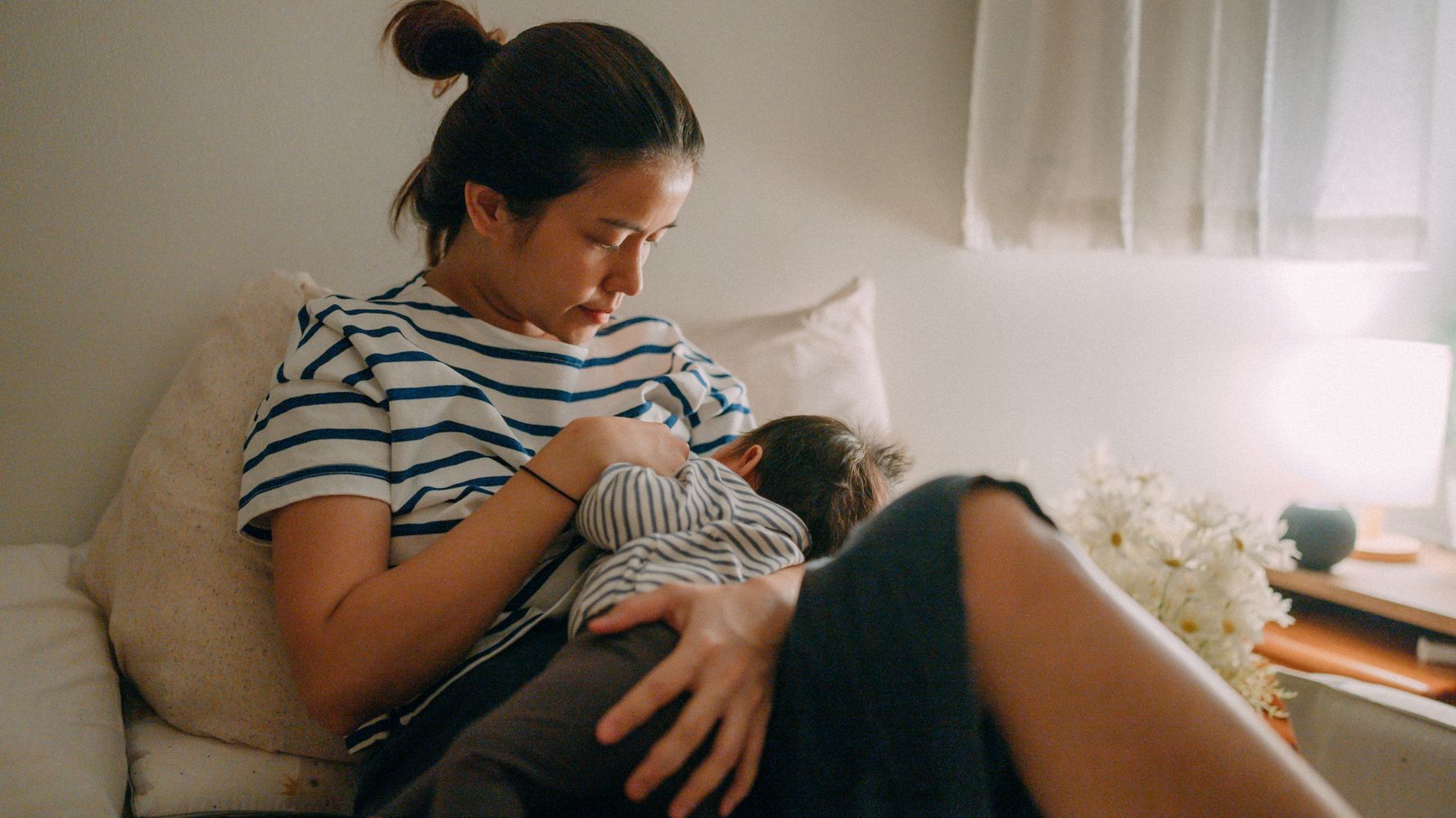
 BFing is not a weight loss tool
BFing is not a weight loss tool 
 (@PickUpAPerPer)
(@PickUpAPerPer) 